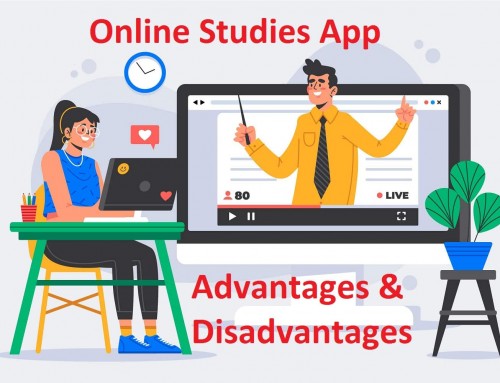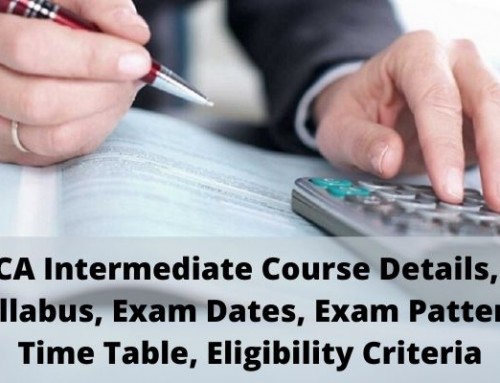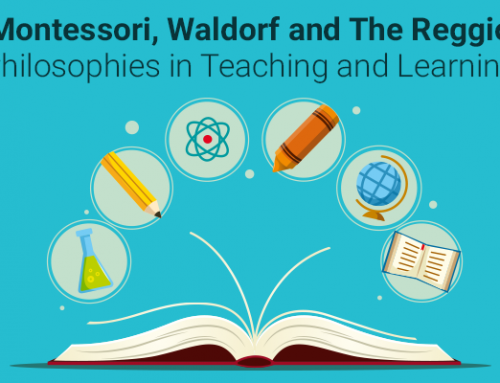There are three main parts of memory. The Sensory Memory, the Working Memory or Short Term Memory and the Long Term Memory. Our first initial contact with any information is through Sensory memory. Sensory memory stores first information like a touch, or something we see while we are walking, say across the room or the pavement. Then we have a second stage in the memory and that is Short Term memory. Now the transition from sensory memory to Short Term memory is sometimes incidental. For example the touch. Say a stranger brushed past you while you were walking on the pavement and something in the persons hand or purse pricked you sharply. Now you will remember that for some time. Similarly, you see a lot of things while walking but the memory of an accident that happens in front of you will stay with you for a long time. You must have experienced this kind of memory transition. You now know that there is a transition from sensory memory to short term or long term memory. A casual bump into a stranger will be forgotten within seconds and a sharp object scratching you will be remembered for a week, maybe more. These are examples of sensory memory transition to short term memory and long term memory.
Memorizing what we learn.
But we are more concerned about learning and reading. How does that transition happen? There is a lot of information we take in throughout the day. Directions, warnings, news, instructions, requests but do we remember them all. NO! We only remember the things that we believe are important. We remember things we want to remember. Others are automatically forgotten. Sometimes we forget things we want to remember. Our brain knows when we take things casually. If we do not make an effort to memorize something then it is forgotten.
The Short Term memory has limited capacity and gets filled as soon as new information comes in. This new information pushes out the old information and if the old information has not been packed away in the long term memory, chances are that it may be forgotten. For example if you try to remember a list of things chances are you may remember some of the names in the list but not all. According to Psychologist George Miller you may remember up to seven items in the list.
Memory Techniques
A good way of memorizing things is ‘chunking’. You break information into shorter and manageable chunks to memorize it. Like we usually do with long phone numbers. This however, will help the transition from working memory to short term memory. But short term memory will also be saturated ultimately pushing out old information.
Another way to memorize what you learn is to rehearse or repeat the information. It is good to read or rehearse out loud. Try to repeat what you learn at intervals. It is also a good idea to test your memory with multiple choice questions based on what you have learned.
How to use a simple method to remember everything you learn
Memorizing through our senses
We memorize in three ways viz. visually, by listening and by experience. We become adept or skillful in one or two of these techniques. This is called the VAK theory or Visual, Auditory and Kinesthetic Theory.
People subconsciously train themselves to remember better when they listen, or when they watch something. Some people need to experience things to remember better.
However, when you take in information through visual senses it is easily accepted by the brain. According to the Cognitive Load Theory a visual if explained verbally does not unduly load the learner. But it takes less effort to understand what is being explained. In other words audio visual helps you learn and memorize better.
We find that the best learning method is to consume information audio visually. Then repeat what we learn at regular intervals and test ourselves regularly. This way we can be ready for the exams at the end of the year.













